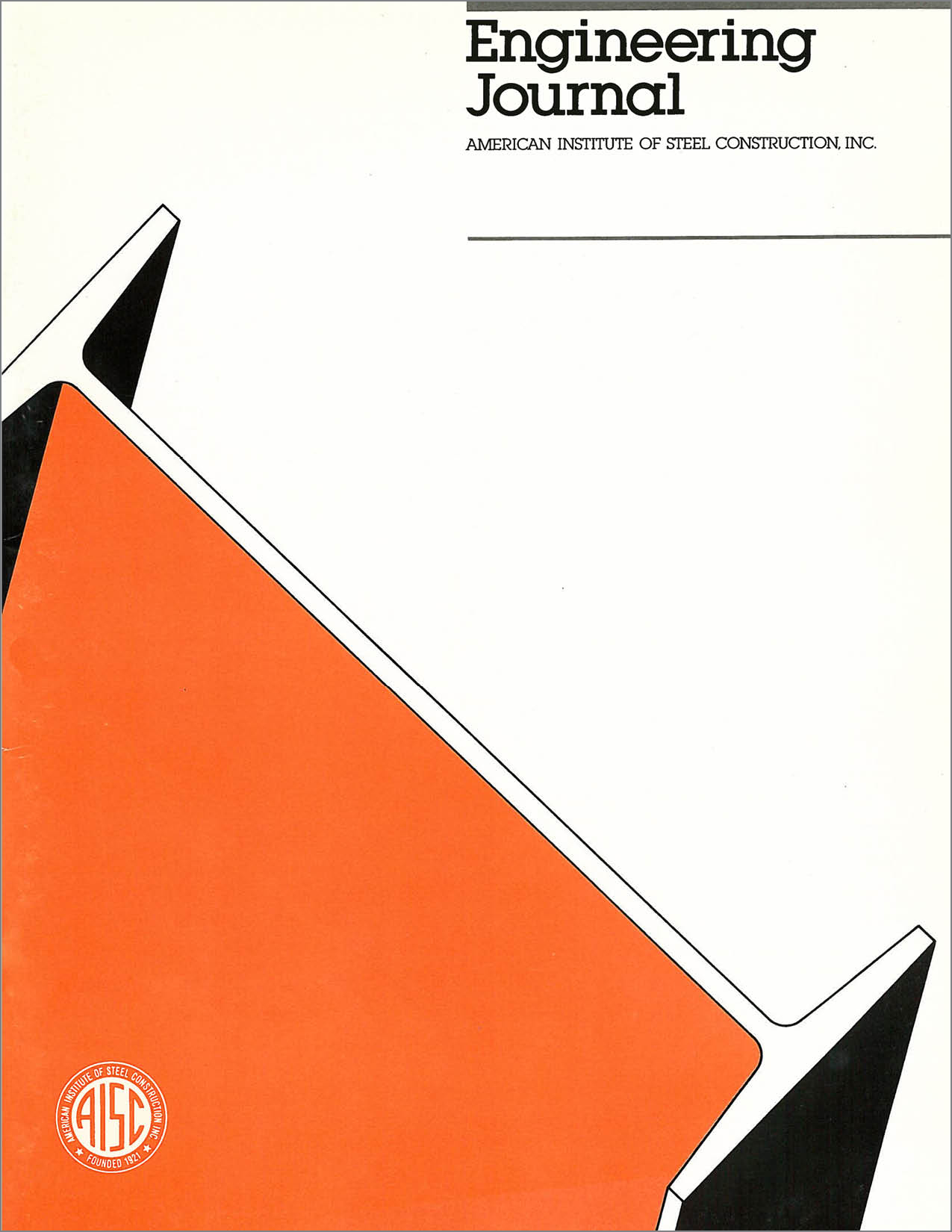The Significance and Application of Cb in Beam Design
DOI:
https://doi.org/10.62913/engj.v29i1.583Abstract
The basic provisions related to design and evaluation of bending members in the structural steel specifications, either according to Load and Resistance Factor Design (LRFD) or Allowable Stress Design (ASD), typically are first presented from the point of view that the magnitude of bending moment is constant throughout the entire distance between points of lateral support for the compression flange. Then, to account for variations in moment, one multiplies the expression associated with constant moment by a correction factor Cb to arrive at a result which predicts the actual bending strength (or allowable stress) for a specific moment gradient. What one accomplishes is to account for changes that occur in the force within the compression flange of the beam throughout the unbraced length. A procedure for selecting beams in situations involving non-uniform moment is suggested within the prelude to the charts of design moments in the LRFD manual, but only in extremely brief fashion. The purpose of this paper is to review the principles associated with the application of Cb, and to elaborate on the procedure briefly suggested in the LRFD manual for selecting beams which experience non-uniform moment.

